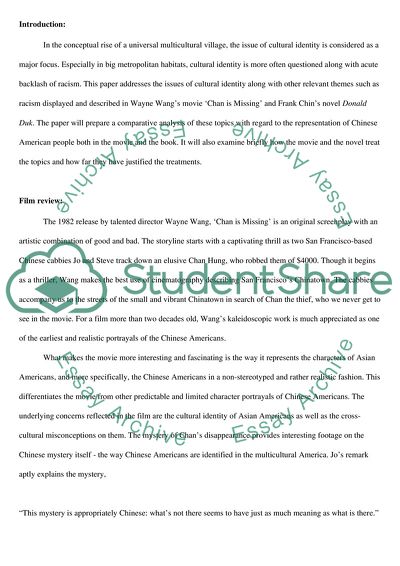Cite this document
(“Comparative Analysis of a Film and a Book about the Lifestyle of Asian Report/Review”, n.d.)
Comparative Analysis of a Film and a Book about the Lifestyle of Asian Report/Review. Retrieved from https://studentshare.org/social-science/1721567-uknown
Comparative Analysis of a Film and a Book about the Lifestyle of Asian Report/Review. Retrieved from https://studentshare.org/social-science/1721567-uknown
(Comparative Analysis of a Film and a Book about the Lifestyle of Asian Report/Review)
Comparative Analysis of a Film and a Book about the Lifestyle of Asian Report/Review. https://studentshare.org/social-science/1721567-uknown.
Comparative Analysis of a Film and a Book about the Lifestyle of Asian Report/Review. https://studentshare.org/social-science/1721567-uknown.
“Comparative Analysis of a Film and a Book about the Lifestyle of Asian Report/Review”, n.d. https://studentshare.org/social-science/1721567-uknown.


